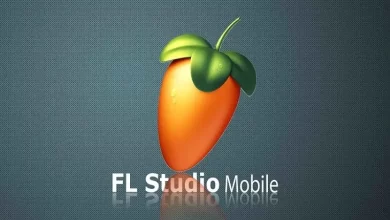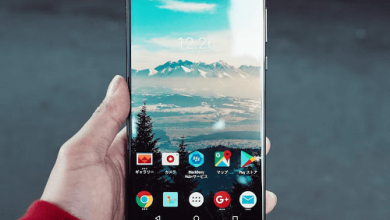Rapid Prototyping: Learn About Its Advantages in Product Design

Rapid prototyping is used to show or simulate the final product that is being developed. However, do you know why its use by product designers is becoming more and more common? We tell you about it in this post about rapid prototyping.
If you want to know what it is, we call the experimental model of an idea a prototype. As we have already seen in previous posts on 3D printing and prototyping, its main function is to make it possible to test a concept and thus be able to detect failures to subsequently rectify it before developing the final product. Below and throughout the post we will talk about the advantages that its use provides and why it is increasingly used.
What is rapid prototyping?
The prototype is a sample of how a finished product would look. Said prototyping manufacturing can be done at the beginning, based on the client’s briefing or throughout the project, so that the client can see the shape that he is taking. But this is not the only advantage.
Advantages of rapid prototyping
Having the prototyping phase in the development of a new product is crucial to achieving an efficient product that meets our objectives. The maxim of prototyping is to minimize risks through validation. Therefore, thanks to its use during different phases of the design and development of a product, we obtain advantages such as:
– Possibility to test
– Modify during the process
– Validate before manufacturing
– Test with real users
1. Possibility to test
Through rapid prototyping, we obtain a preliminary experimental model with which we will validate essential concepts in the development of our product. This process entails making models with materials and basic elements to have a materialized conceptual form in the shortest possible time. In this way, concepts such as ergonomics, design lines, volume evaluation, etc. are examined to determine the design bases applied later. In this way, even if it is a low-fidelity prototype, we will get closer to the conceptual idea of the product to be designed.
2. Modify during the process
Throughout product development, different premises and changes will be established to meet all requirements. This entails a recurring cycle of Redesign – Prototyping – Testing, which closes with a validation of the relevant parameters. Ensuring and optimizing mechanical operation, electronic encapsulation, determination of materials, and final aesthetics, among others, justify this process.
3. Validate before manufacturing
Depending on the units, requirements, and/or shape of our product, the final design must be adapted to an optimal manufacturing method. In today’s industrial situation, the CNC milling prototype is essential to minimize risks during production and ensure that the process works correctly and meets expectations.
4. Test with real users
One of the great advantages of prototyping is the possibility of testing the product with real users before its final production. The satisfaction of the end user or consumer is the main objective of any product. Therefore, when designing and developing a product, we must take into account the needs and expectations of the client. After all, a new product is created to meet the needs of users. For this reason, it is recommended to perform different tests on them to find out their perceptions of the product.
After all, turning to a prototyping service provider can save you a lot of time and money. The possibility of seeing if our idea is feasible, if it needs improvements, and if the materials initially thought of are not as optimal as we imagined…
Going to market with a safe product is vital. It will allow us to focus on other aspects such as its promotion and distribution.




